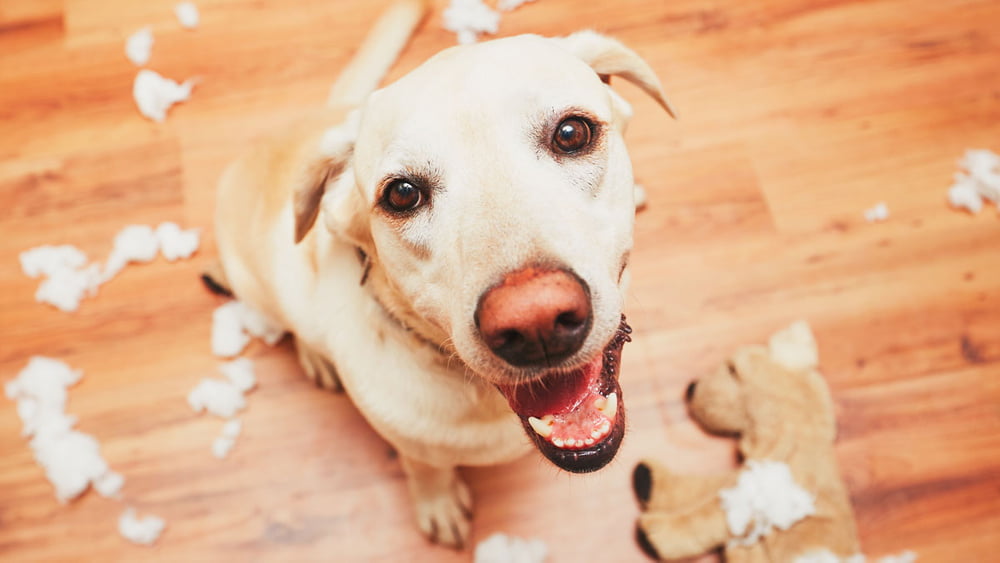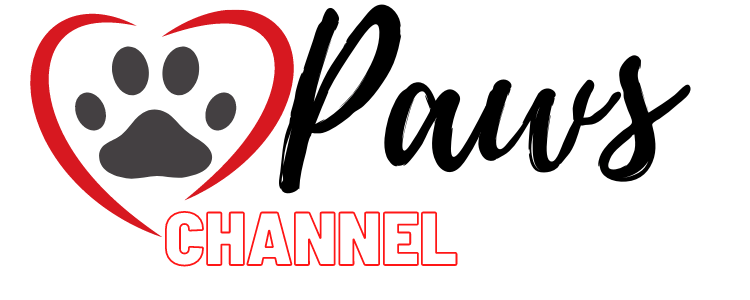Dog puberty: The flail years
Dog puberty: Thick and cheeky – that’s how most dogs go through puberty. In this phase, he likes to be stubborn, forgets commands he has learned before, and pushes his limits. Now you have to be consistent!
Puberty begins in dogs, depending on the breed, at six months or one year. The bitch is characterized by the first heat; in the male, the transitions are often fluid: he lifts his leg while peeing, is increasingly interested in bitches, and increasingly sees rivals in other males.
The brain is in chaos during puberty.
As obedient and docile as a dog was in puppyhood, most four-legged friends put the patience of their owners to the test in the time around the onset of puberty. Because in this phase, the dog’s brain resembles a construction site: New nerve cells are formed and connected. Existing brain structures are checked. Unnecessary cells are radically eliminated, and unused nerve connections are cut off. Sometimes the right hemisphere doesn’t know what the left is doing.
This could also be of interest to you: Cat & Dog Nail Scissors With LED Lights
Patience and consistency are required now.
No wonder that in this chaos, important skills are at least temporarily forgotten. But don’t worry – with a little patience and consistency on the part of the owner, even the wildest youngster will usually reflect on what he has learned in the puppy lesson, and the most intolerable four-legged flail can become a good dog again.

Dog puberty
Beware of quirks!
However, unsightly quirks and behavioral disorders can now develop: anxiety problems, aggressive tendencies, or obsessive-compulsive disorder often begin during puberty. The sooner an expert counteracts this development, the greater the chance that the dog’s soul will be healthy again.
Young dogs test their limits.
Puberty is also a difficult phase in terms of health. When frolicking around, a young dog knows neither caution nor common sense and, above all, not his physical limits. You have to pay attention to them. Don’t let the bundle of energy fool you. In this phase, dogs are anything but indestructible! The skeleton is not yet fully developed and can be damaged in injuries or constant overload.
Read Also: The flail years: the dog in puberty
More susceptible to disease
The young dog’s immune system is also not yet fully efficient. Young animals, therefore, get sick more often and more severely than healthy adults after infection.

